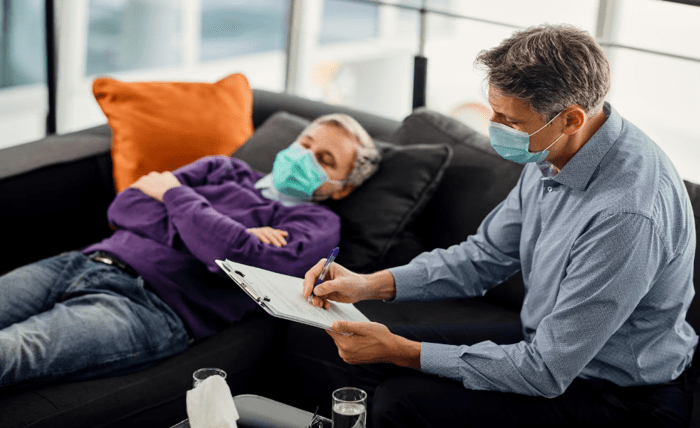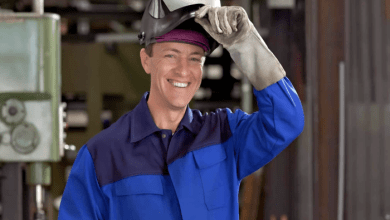
Rehabilitation from opioid addiction is not a phenomenon but a process that requires courage, determination, and motivation. The majority of people are afraid of the painful withdrawal symptoms or the risk of relapse after detoxification. Fortunately, today’s treatments, such as suboxone treatment have made the recovery process more feasible and pragmatic.
Learning About Suboxone and Its Use
Suboxone is one of the drugs used to be prescribed in Medication-Assisted Treatment (MAT) programs for opioid addiction. It contains two active ingredients, buprenorphine and naloxone. Buprenorphine reduces cravings and withdrawal symptoms by half-activating opioid receptors within the brain, and naloxone blocks euphoria caused by opioids, discouraging misuse.
This blend allows users to physically and mentally stabilise without experiencing the peaks and troughs that typically follow opioid use. Unlike total detoxification, which leaves people vulnerable to relapse, Suboxone offers a softer, more secure exit from addiction.
The First Step: Detox and Stabilisation
The recovery process typically begins with detoxification, where the body cleanses itself of opioids. Detoxification can be both physically and emotionally demanding, involving symptoms such as restlessness, anxiety, muscle aches, and insomnia.
Medical detox is necessary because it creates safety and comfort during the process of withdrawal. Detoxification alone, however, rarely addresses the psychological forces that drive addiction. Following this experience, patients typically move to structured treatment programs with medication, therapy, and behavioural intervention. This is where suboxone treatment comes in as a basis for extended recovery.
Why Medication-Assisted Treatment Works
Medication-Assisted Treatment, or MAT, is not drug-for-drug substitution. Rather, Suboxone is utilized in combination with counselling and therapy to enable the individual to take control of their life. Suboxone assists by inhibiting the craving and reducing withdrawal pain, enabling patients to focus on emotional recovery and behavioural transformation.
This equilibrium calms brain chemistry, making it easier to rebuild daily routines, reestablish contact with family and friends, and follow through on therapy sessions. MAT is currently employed by the majority of treatment centers as a part of an all-around recovery program since it has been shown to minimize relapse and overdose risk considerably.
The Role of Therapy and Support
Whereas medication may be a foundation, emotional and psychological healing is essential. Addiction is often a product of inner trauma, stress, or environmental factors. Therapy enables an individual to deal with the inner causes and work towards building more constructive coping mechanisms.
Standard treatment options include Cognitive Behavioural Therapy (CBT), intended to restructure thinking, and motivational interviewing, which reinforces recovery commitment. Group therapy and family guidance also rebuild trust and promote responsibility, establishing a tighter support system for sustained sober living.
Aftercare: Staying on Track
Therapy is not the end of recovery. For improvements to be maintained, the time after detox and treatment is essential. Ongoing support and structure are offered by aftercare programs such as peer recovery groups, sober living facilities, and outpatient counselling.
Participation in community activities, medication management, and routine check-ins keep people resilient and involved, particularly in the face of stressors or triggers. With regular follow-up treatment, many are able to maintain long-term sobriety and eventually transition to independent, drug-free living.
A Whole-Person Recovery Strategy
Successful recovery from opioid dependence requires treatment of the body and the mind. Suboxone plays a vital role in stabilizing the physical aspect, and counseling and support help deal with the emotional and psychological part. All these components are brought together to establish a durable recovery strategy.
Clinics such as MATClinics follow this evidence-based strategy, combining medical information with compassionate care to guide patients through each step of recovery.
Conclusion
Opioid recovery is about perseverance, not perfection. Every stage of the process—from medication and detox to therapy and aftercare contributes to the restoration of a healthy, satisfying life. Suboxone makes it easier by eliminating the most challenging aspects of withdrawal and maintaining stability, but it functions best when used in conjunction with a carefully thought-out, well-designed plan.
With sound medical care, emotional care, and individual determination, recovery not only is possible, it’s within grasp.



